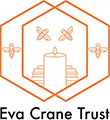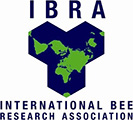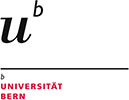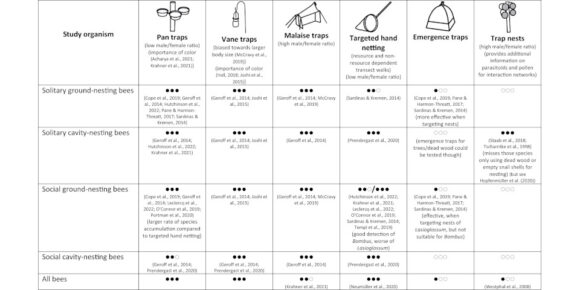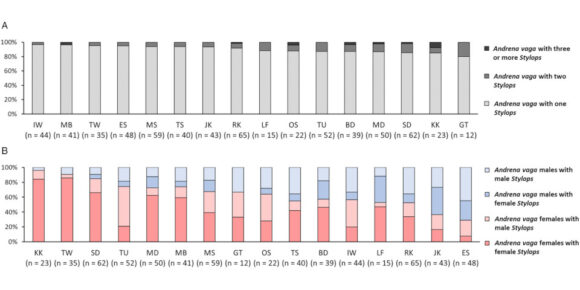Improving wild bee monitoring, sampling methods, and conservation
Bees are the most important group of insect pollinators, but their populations are declining. To gain a better understanding of wild bee responses to different stressors (e.g. land-use change) and conservation measures, regional and national monitoring schemes are currently being established in Germany, which is used here as a model region, and in many other…


